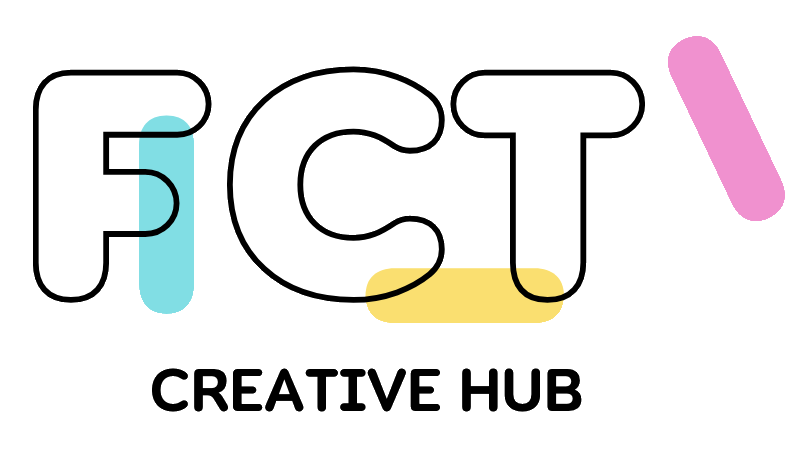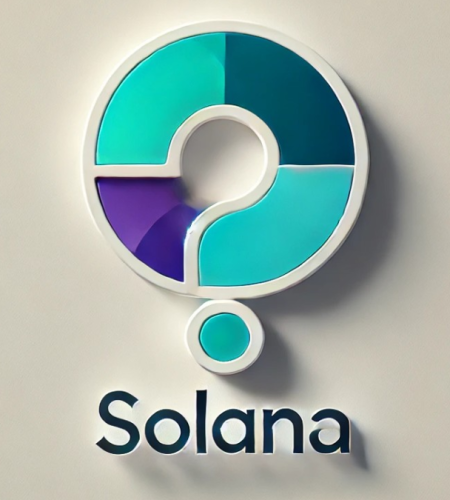If you’re new to Solana tokens, you probably have many questions. Here we compile some of the most frequently asked questions (FAQs) about creating and launching tokens on Solana, along with clear answers. This will help clarify common uncertainties and guide you through the process with confidence.
Q: What is a Solana token?
A: A Solana token is a digital asset built on the Solana blockchain that follows the SPL (Solana Program Library) standard. These tokens leverage Solana’s high-speed processing and scalability advantages, making them particularly attractive for businesses and developers.
Q: What is an SPL token?
A: An SPL token is a token on the Solana blockchain that follows the Solana Program Library token standard. It’s analogous to ERC-20 tokens on Ethereum. SPL tokens can represent anything from project tokens, stablecoins, governance tokens to game points. They are managed by Solana’s standard token program, which handles accounts and transfers. Essentially, whenever you create a fungible token on Solana, you’re creating an SPL token.
Q: How much does it cost to create a token on Solana?
A: Very little. Creating a token requires a one-time rent fee for the token mint account (around 0.0018 SOL, which is just a few cents at most) and fees for the transactions to set it up (fractions of a cent). Some token creation services might charge a small service fee (0.1 to 0.3 SOL is common on some platforms). In summary, it’s usually well under 1 SOL total. Compare that to potentially hundreds of dollars on Ethereum — Solana is extremely cost-effective.
Q: Do I need to know how to code to make a Solana token?
A: No, you don’t! Solana’s design allows token creation without writing smart contracts. You can use the Solana CLI or, even easier, a no-code web tool. As mentioned earlier, even individuals with no coding expertise can create and manage Solana tokens using no-code Solana Token Creator. These tools handle all the blockchain interactions. So, you can launch a token by filling a form and clicking buttons, no programming required.
Q: What is the maximum supply I can set for my token?
A: There isn’t a hard-coded maximum supply for an SPL token from Solana’s perspective, aside from using a 64-bit number for the token supply (which is astronomically high if fully utilized). However, decimals cannot be changed after creation, so choose your decimals carefully to cover the supply range you need. If you use 0 decimals, the max supply is 2^64 – 1 tokens. With 9 decimals, the max “whole” tokens is 2^64 – 1 divided by 10^9. Practically, you’ll decide a supply that makes sense (like 1 billion or 100 billion); extremely high supplies can be unwieldy in terms of user perception.
Q: Can I change the token’s name or symbol later?
A: The name and symbol are part of off-chain metadata (or the token registry), not enforced by the token program itself. If you’ve registered your token, you can update the metadata by submitting a new entry (like updating your token’s info in the Solana Token Registry on GitHub). But the mint address is the true identity of the token; name/symbol are just labels wallets use. So yes, you could rebrand by changing those labels in the registry, but the token’s mint address (and what it represents) remains the same.
Q: How do I get my token listed on exchanges or recognized in wallets?
A: For exchanges (DEXes/ CEXs):
- DEX (Decentralized Exchange): You can create a liquidity pool on an AMM (like Raydium, Orca) permissionlessly. Or create a Serum market (order book) – though Serum markets require a small fee to list (like 5 SOL) and some coordination.
- CEX (Centralized Exchange): You’ll have to approach the exchange. Requirements vary; often they want to see a strong project backing the token. They’ll integrate by supporting your token’s mint address in their system. It’s easier to start with DEX listing which you can do by yourself.
Q: Can I mint more tokens after launch?
A: Yes, if you retain the mint authority. The mint authority is initially your wallet (or whatever you set). As long as you (or a designated authority) have it, you can issue more tokens. This is useful if your token has an inflationary supply or if you didn’t distribute all at start. If you know you won’t need to mint more, you can disable (revoke) the mint authority so no one can ever increase the supply. This is recommended for fixed-supply tokens to build trust.
Q: What Are The Key Authorities In SPL Tokens?
A: SPL tokens have three main types of authorities that control different aspects of the token’s functionality. The Mint Authority controls token creation and supply, and it’s often revoked after initial minting to prevent inflation and build trust. The Freeze Authority can restrict token transfers from specific accounts – this is typically revoked at creation to ensure smooth trading and exchange listing. The Update Authority manages token metadata and should be retained for making necessary changes to token details.
Each authority requires careful consideration during token creation and deployment. For instance, the Mint Authority should either be permanently revoked or retained with clear communication about its intended use. The Freeze Authority is generally best revoked immediately to ensure uninterrupted trading. The Update Authority should be securely managed, often through multi-signature wallets, with any changes communicated transparently to the community.
These authorities play crucial roles in token management and security, and their proper configuration significantly impacts a token’s success and credibility in the Solana ecosystem. Clear communication about how these authorities are managed helps maintain trust with token holders and the broader community.
Q: What happens if I send my tokens to the wrong address?
A: Because Solana uses explicit token accounts, this is less common. You usually send tokens to another person’s address (the wallet will find or create the associated token account for that mint). If you somehow send tokens to a random address that isn’t set up to receive them (like using spl-token transfer to a wrong address), one of two things happens:
- If that address doesn’t have an associated token account, the transfer will likely fail (since the token program expects a token account as the receiver).
- If you explicitly created a token account for a wrong recipient and sent, then those tokens are in that token account owned by whoever owns that address. If it was truly a mistake and no one has that key (or it’s a wrong address format), those tokens could be stuck (effectively burned if no one can access that account). Always double-check destination addresses or use wallet-provided interfaces to avoid this.
Q: Are Solana tokens automatically supported in smart contracts (on Solana)?
A: Yes, any Solana program can interact with SPL tokens by invoking the token program. There’s no need for custom integration per token. If you build a DeFi app on Solana, you can plug in any SPL token’s mint address and the standard instructions handle them. This is one reason Solana’s design is convenient: all tokens use the same program interface, so contracts like Serum, Raydium, lending protocols, etc., support all SPL tokens out of the box. (Sometimes they might restrict which they list for economic reasons, but technically they could support any).
Q: How does an SPL token differ from SOL (the native token)?
A: SOL is the native coin of Solana used for transaction fees and staking. It’s not an SPL token; it lives at the protocol level (like ETH on Ethereum). SPL tokens are user-issued tokens that require a token account to hold. You can’t, for example, send an SPL token without a token account, whereas any Solana address can hold SOL inherently. Also, SOL is needed to pay fees; having an SPL token alone won’t cover your fees. So usually users keep a bit of SOL and whatever SPL tokens they want. To learn more about Solana tokens, visit Solr Network Blog.

